India is home to some of the most majestic and historical palaces in the world, which reflect the country’s rich royal heritage, architecture, and old culture. In India, palaces are not just buildings or structures but they are symbols of the nation's rich history and royal heritage. In India, palaces are not just buildings or structures but they are symbols of the nation's rich history and royal heritage. These palaces, once the residences of kings and queens, now serve as historical landmarks, luxury hotels, and museums that allow visitors to experience the opulence of India’s regal past. In this article, we will explore some of the most majestic palaces in India:
1 Moti Bagh Palace Patiala:
Moti Bagh Palace, also known as Pearl Garden Palace, is located in Patiala. It is a popular tourist palace in Patiala. The Palace combines elements of European and Indian architecture.
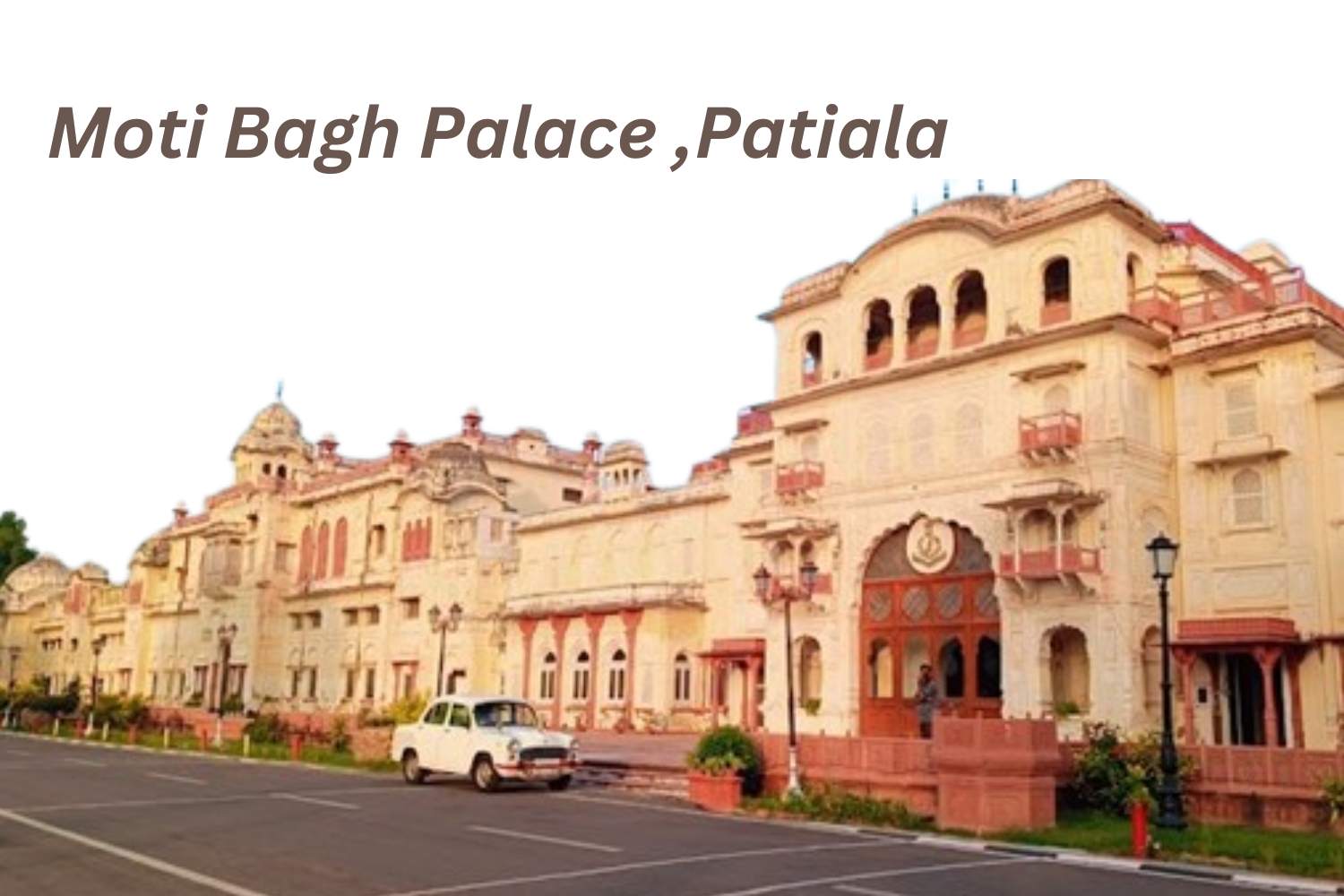
History:
The palace was built by Maharaja Narinder Singh, in 1847. The Old Palace is one of the largest residencies in Asia, housing the Netaji Subhas National Institute of Sports (NIS) currently. And the New Moti Bagh Palace is the residence of Former Chief Minister of Punjab Captain Amarinder Singh currently.
Architecture
The palace is a stunning example of Rajasthani and Mughal architectural styles, combined with European influences. Massive arched gateways and intricate balconies.
Expansive gardens with fountains and artificial lakes.
There is a section adorned with beautiful mirror work and housing a museum.
2 City Palace, Udaipur:
It is located in the heart of the old town of Udaipur, right beside the Pichola Lake in the Indian state of Rajasthan.
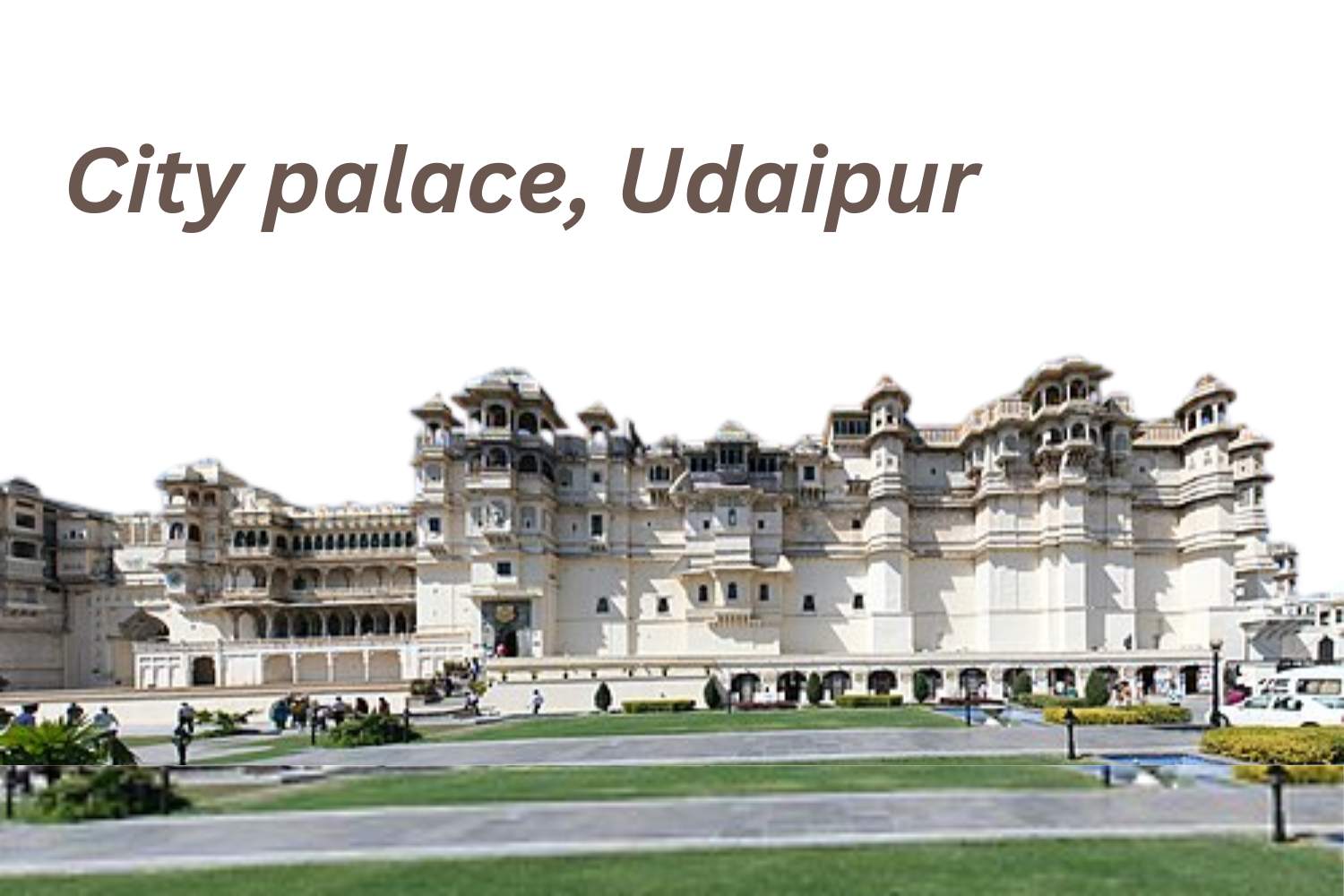
History:
It was built over nearly 400 years, with contributions from several rulers of the Mewar dynasty. It is one of the most iconic sites to visit in Rajasthan. The City Palace in Udaipur was built in a flamboyant style and is considered the largest of its type in the state of Rajasthan. Built on a hill, it combined Rajasthani Rajput architecture to create a panoramic perspective of the city and its surroundings.
Architecture
The City Palace is a massive complex of 11 palaces, balconies, towers, courtyards, and terraces.
White marble & granite structure with beautifully carved balconies and domes.
There are Frescoes, paintings, and mirror work decorating the interiors.
3 Ahilya Fort Maheshwar:
Ahilya Fort in Maheshwar, Madhya Pradesh, is a magnificent fortress steeped in history and cultural grandeur.
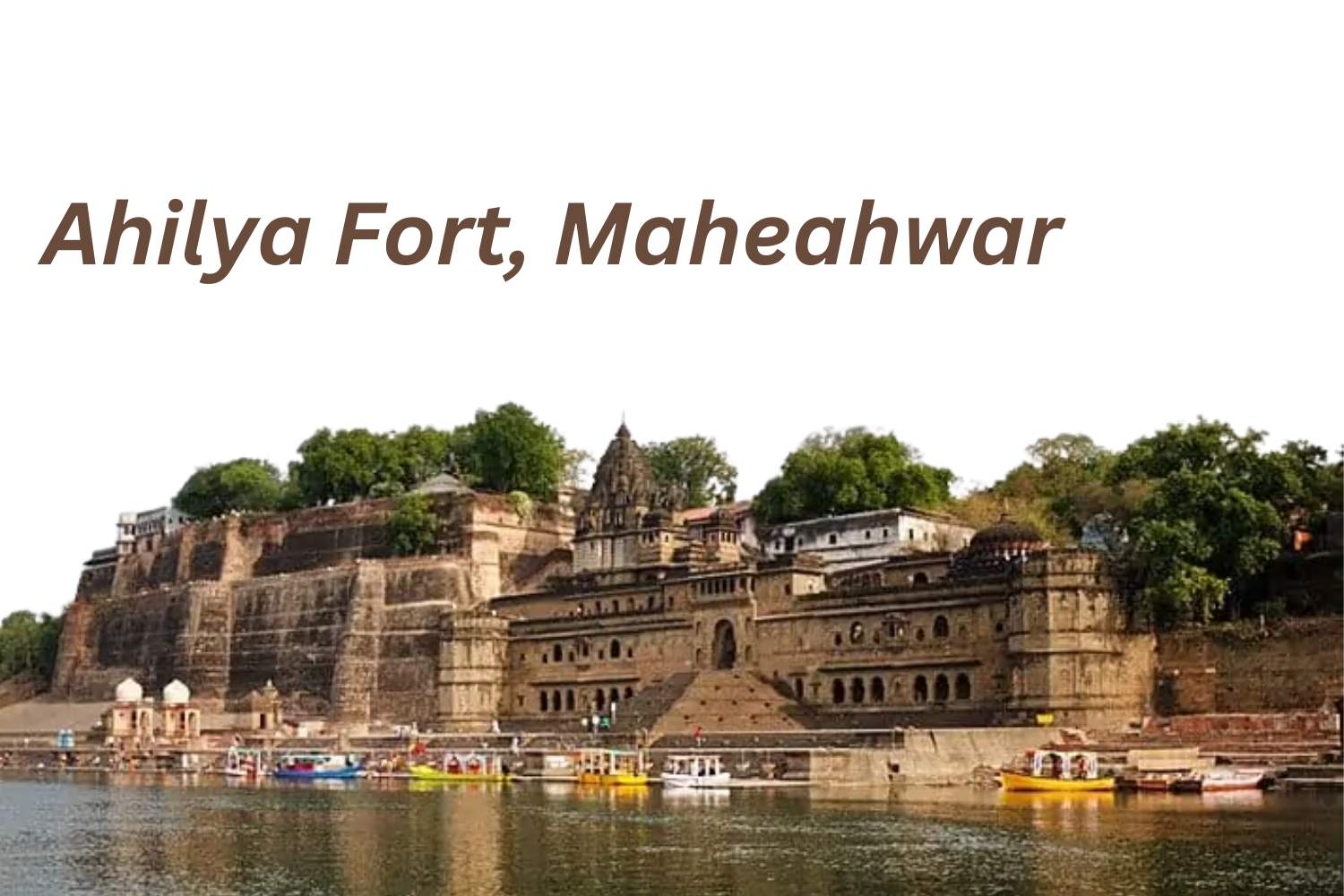
History
It is situated within the historic Maheshwar fort that also houses an imposing statue of the maharani, a shiva temple, and a gorgeous ghat of the holy river.Ahilya Fort was originally built in the 16th century by the Mughal rulers, but it gained prominence in the 18th century under the rule of Ahilyabai Holkar, the great queen of the Holkar dynasty.
Architecture:
The fort’s architecture is a stunning blend of Maratha, Mughal, and Rajput styles, Massive stone walls with bastions overlooking the river. Part of the fort has been transformed into a luxurious heritage hotel, offering visitors a royal experience.
4 Anand Bagh Palace:
Anand Bagh Palace, also known as Lakshmi Vilas Palace, is a palace situated in the town of Darbhanga in the Indian state of Bihar. It is standing on the banks of the Baghmati river, a tribute to Ganga. Anand Bagh Palace has attracted the interest of many visitors. It is surely a must-see location in Darbhanga.
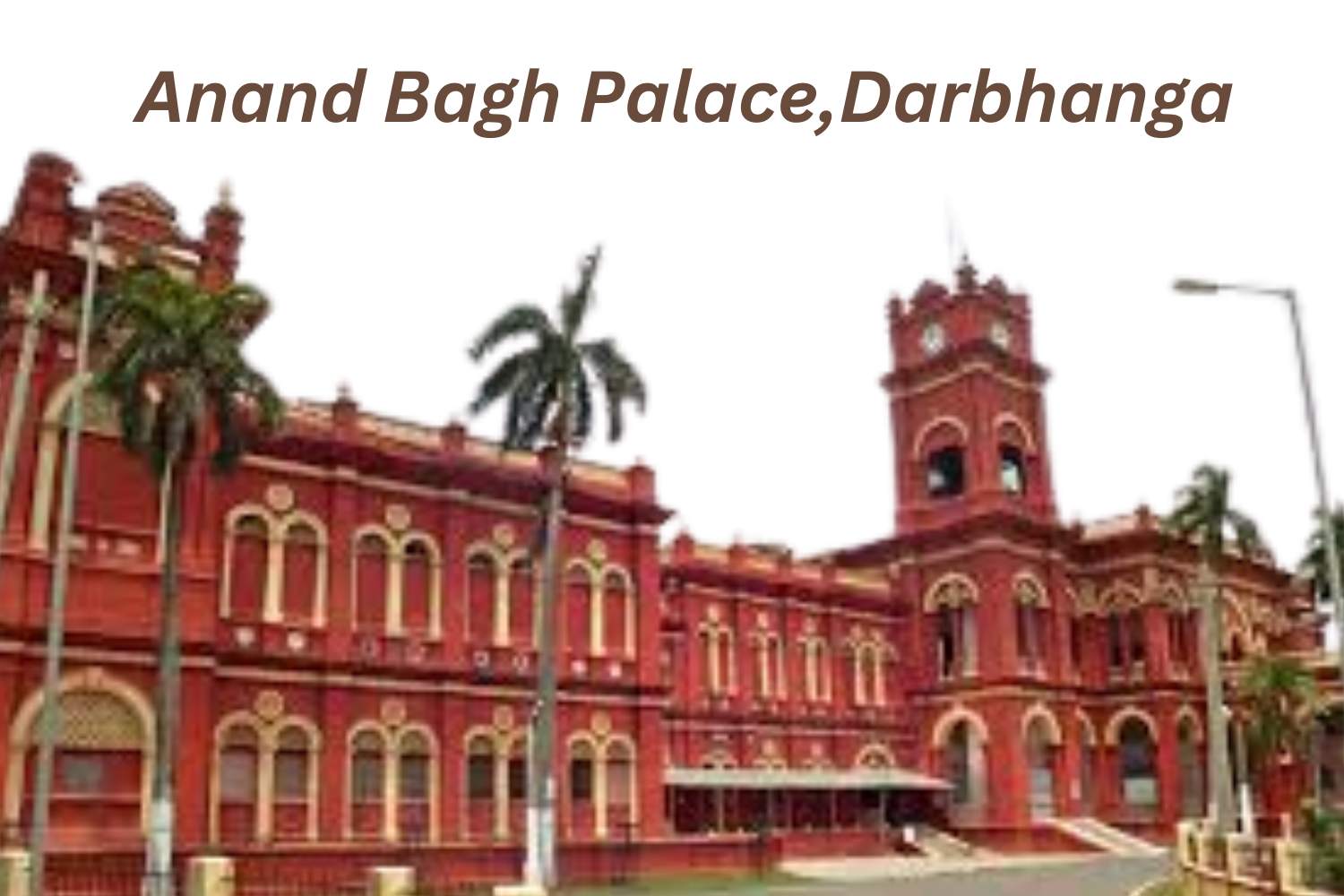
History:
It was built during the reign of Maharaja Lakshmeshwar Singh in the 1880s. Anand Bagh Palace was donated to the Government of Bihar by Maharaja Kameshwar Singh for starting a university for the promotion of Sanskrit language. Currently, this palace is the head office of Kameshwar Singh Darbhanga Sanskrit University.
Architecture:
The Anand Bagh Palace was designed with a blend of European and Mughal influences. Expansive gardens, fountains, and artificial lakesThe Mithila culture is reflected in the palace with amazing wall architectural creations. The palace's exterior and interior construction is eye-catching.
5 Amba Vilas Palace Mysuru :
Amba Vilas Palace also known as Mysore Palace, also known as, is a historical palace and a royal residence. It is located in Mysore, Karnataka, India. It is located in the centre of Mysore, and faces the Chamundi Hills eastward. Mysore is commonly described as the 'City of the Palaces', and there are seven places, including this one.
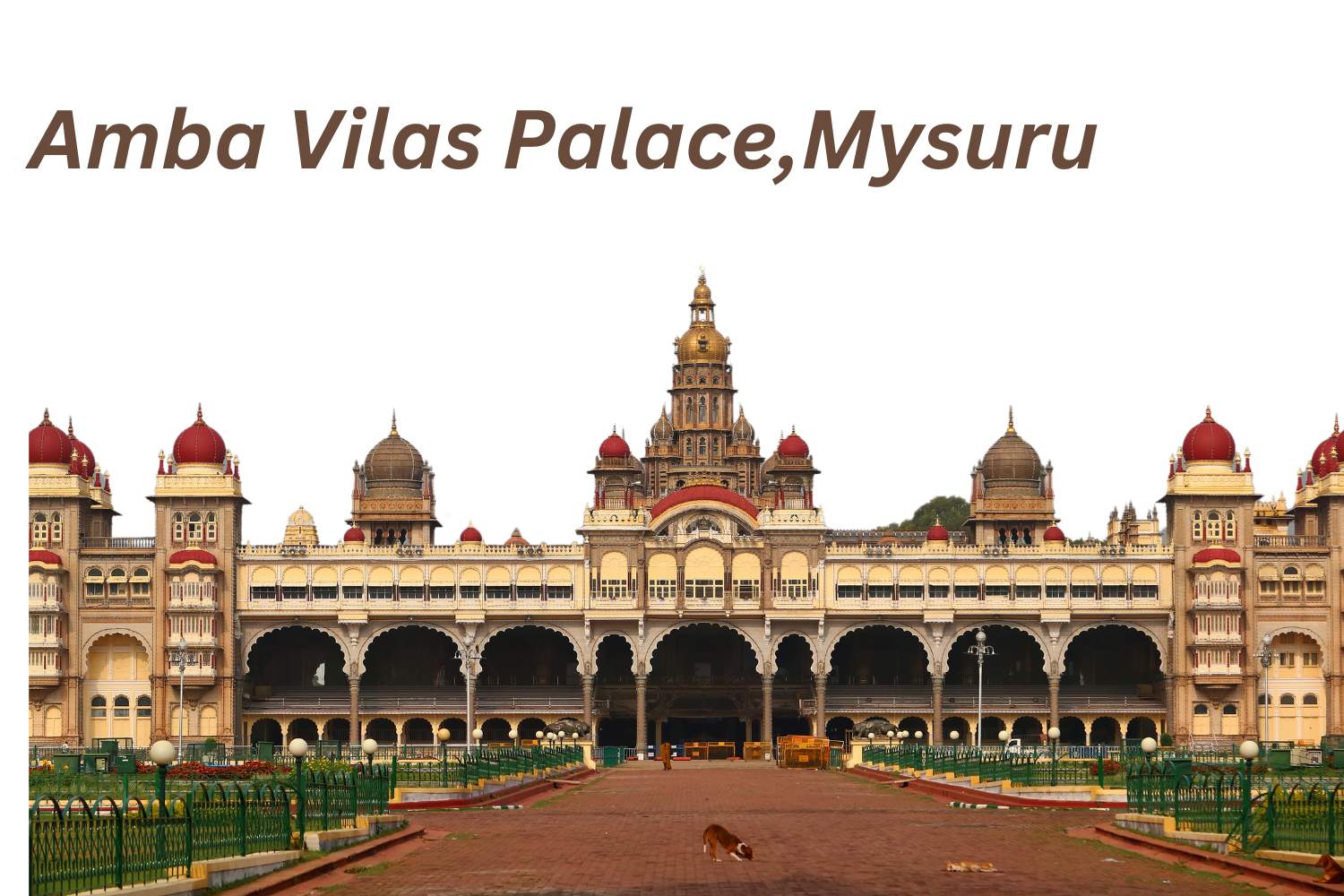
History:
The original palace was built in the 14th century, but it was destroyed multiple times by fires and wars. The current structure was designed by British architect Henry Irwin and completed in 1912 during the reign of Krishnaraja Wadiyar IV.Mysore was one of the richest princely states, and the palace reflects the opulence of the Wadiyars. The current structure is also known as the New Fort.
Even today, the palace remains the official residence of the Maharaja of Mysore, though it is now a museum open to visitors.
Architecture:
The architectural splendour of Mysore palace, also known as Amba Vilas Palace,is a glorious example of the Indo-saracenic style that draws people to the city of Mysore. The palace is an architectural masterpiece, blending Indo-Saracenic, Hindu, Mughal, and Gothic styles, making it one of the most visited monuments in India after the Taj Mahal.
Mysore Palace is one of the most famous tourist attractions in India, after the Taj Mahal.
6 Padmanabhapuram Palace:
Padmanabhapuram Palace, located in Kanyakumari district, Tamil Nadu, is one of the finest examples of traditional Kerala architecture. This majestic wooden palace, once the capital of the Travancore Kingdom, is renowned for its intricate woodwork, stunning murals, and regal grandeur. Padmanabhapuram is made entirely of teakwood and rosewood, showing Kerala's artistic and architectural brilliance
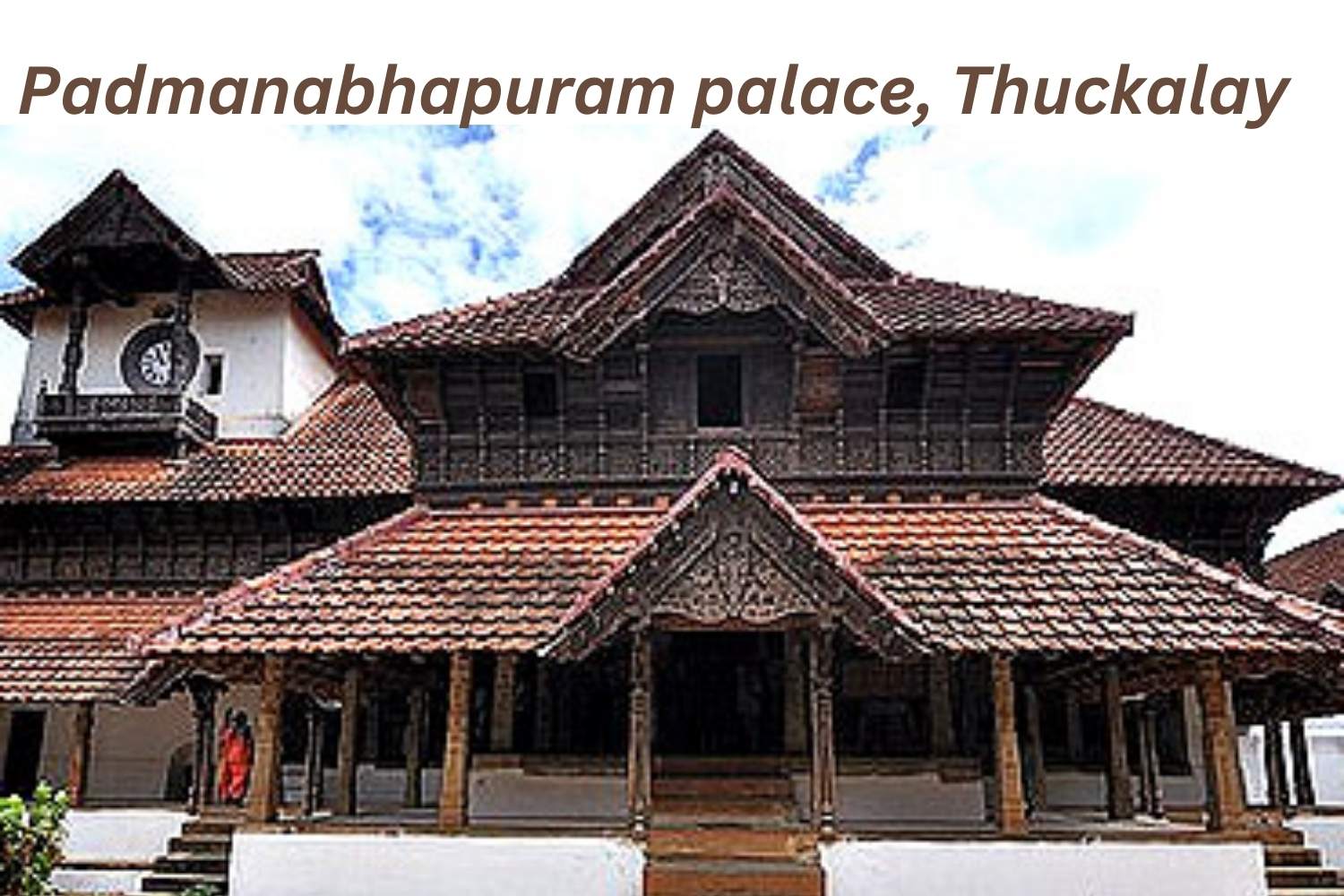
History: The Palace was built in 1601 AD by Iravi Varma Kulasekhara Perumal, the
In the 18th century, Maharaja Marthanda Varma expanded and fortified the palace, dedicating his kingdom to Lord Padmanabha (Vishnu), hence the name Padmanabhapuram. In 1935, with support from the Travancore royal family, the palace was converted into a museum. The Palace is now maintained by the Archaeology Department, Government of Kerala
Architecture:
The oldest part of the palace, showcasing a simple yet elegant design. A beautifully designed hall where the king held meetings, with finely carved wooden ceilings and natural cooling techniques. Featuring Belgian mirrors, polished black granite floors made with egg whites, charcoal & coconut shells, and an ornate throne. Exquisite 17th-18th century murals depicting mythological stories, floral patterns, and royal life. An underground escape route for the king in case of attacks.
7 New Palace, Kolhapur :
Kolhapur is a palace situated in Kolhapur, in the Indian state of Maharashtra. It is a magnificent structure that serves as both a royal residence and a museum showcasing the rich history of the Maratha Empire.
Today, it is Chhatrapati Shahu Museum, which displays the weapons, artifacts, paintings, and royal belongings of the Kolhapur rulers.
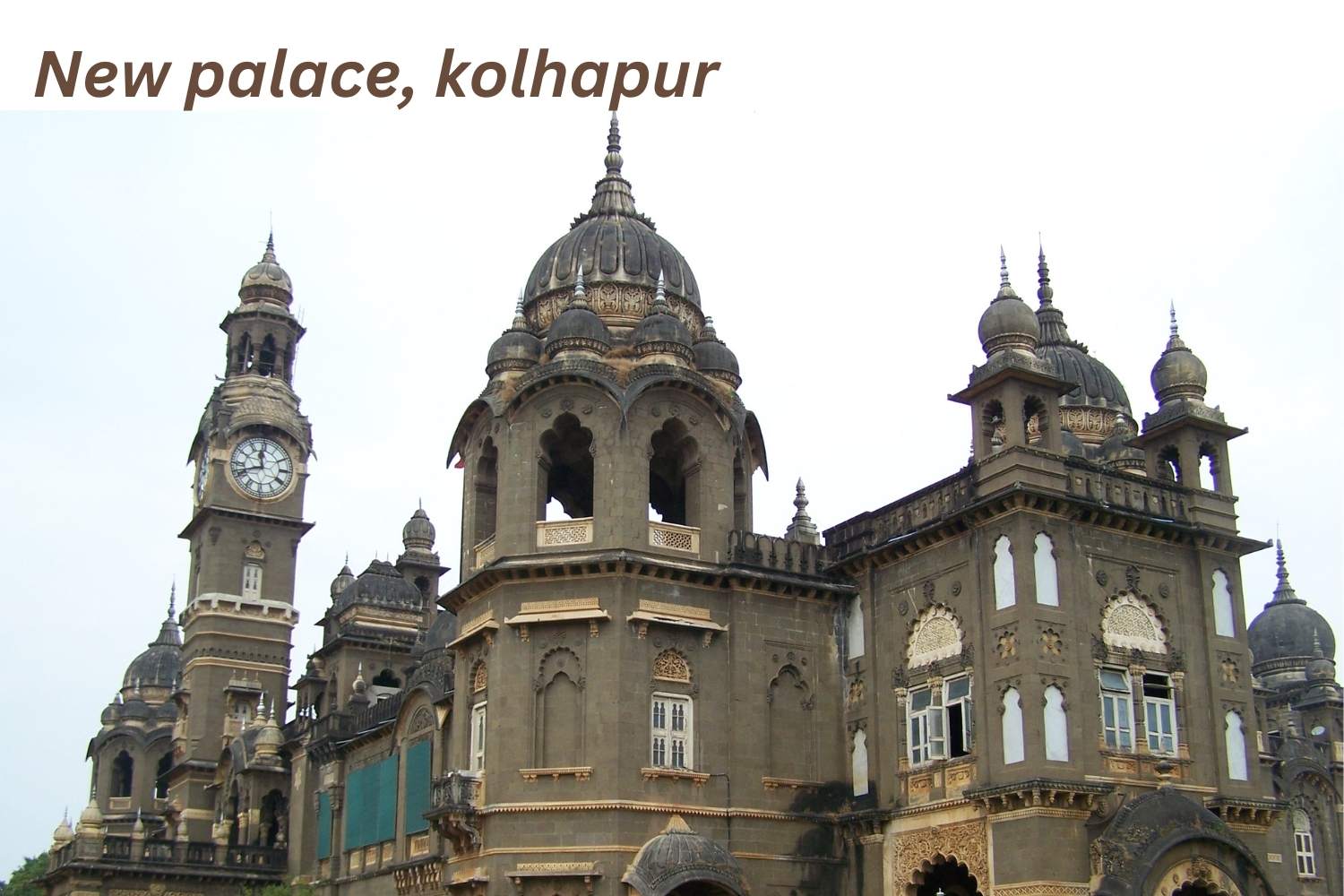
History:
The palace took seven years for construction from 1877 to 1884. The New Palace was constructed by Maharaja Chhatrapati Shahu I, one of the most progressive rulers of Kolhapur. It became the official residence of the royal family, replacing the older Shahaji Palace.
The museum inside the palace offers a glimpse into Maratha history, the life of Chhatrapati Shivaji’s descendants, and Kolhapur’s royal traditions.
Architecture:
The palace contains Neo-Gothic & Indo-Saracenic styles, which are influenced by British, Mughal, and Rajput architecture. Its Eight-Spired Structure gives it a grand and majestic appearance. Darbar Hall occupies a double-height space in the middle of the Palace with stained glass windows depicting Chhatrapati Shivaji’s life. Photos include one of the Maharaja with his hundredth dead tiger, elephant hunts, and a sequence illustrating cheetah training.
8 Lachen Palkar Palace:
Lachen Palkar Palace, also known as Leh Palace, is a former royal palace overlooking the city of Leh in Ladakh, India. Built in the 17th century by King Sengge Namgyal, this nine-story palace was once the royal residence of the Namgyal dynasty. Though now in ruins, it remains one of Ladakh’s most iconic landmarks, offering breathtaking views of Leh, the Indus Valley, and the snow-clad Zanskar range.
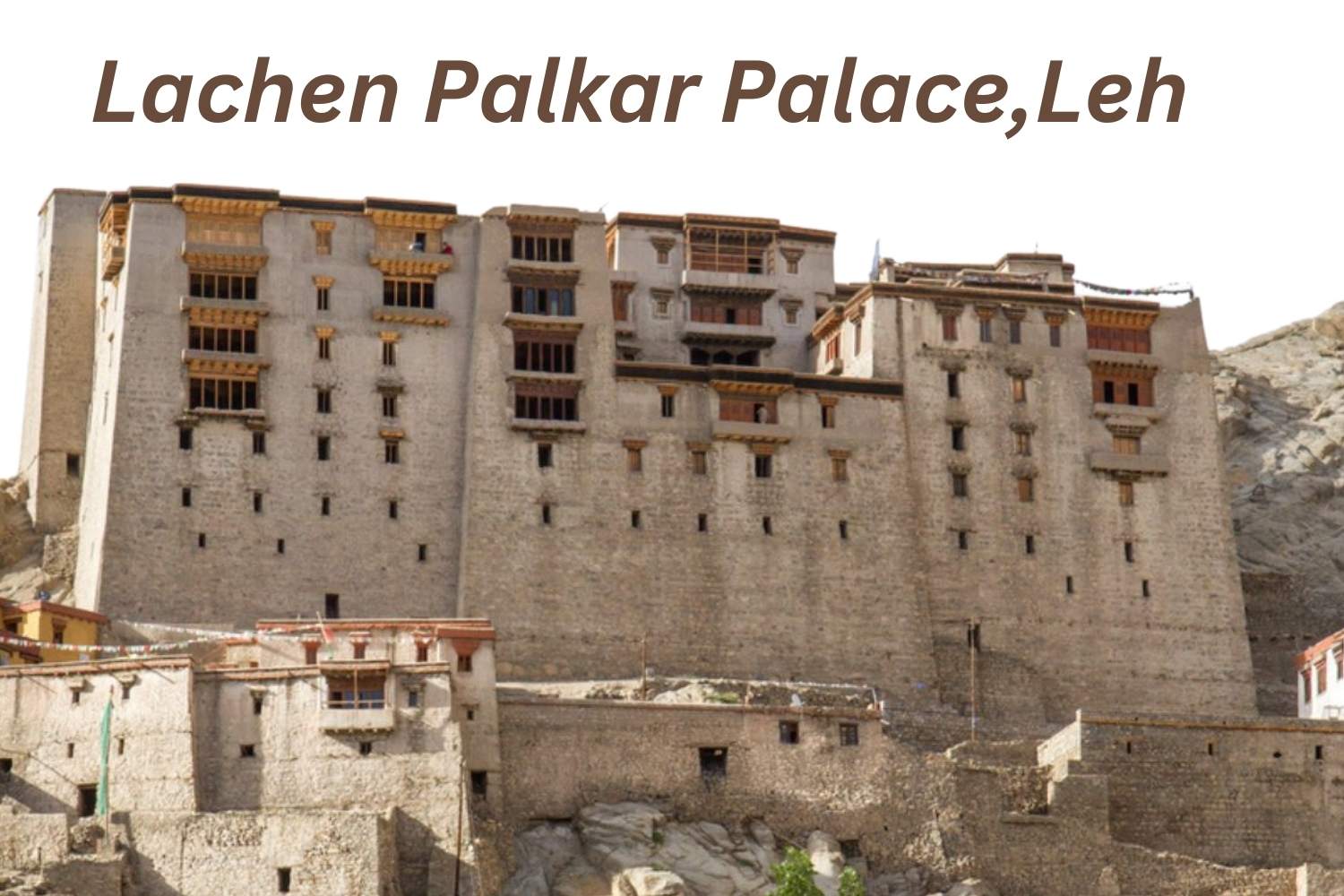
History:
The palace was built in the 1600s by King Sengge Namgyal, the palace served as the Royal residence for Ladakhi kings. Modeled after Potala Palace in Lhasa, Tibet, reflecting deep Tibetan influence. Abandoned in the 19th century after the Dogra forces invaded Ladakh, forcing the royal family to move to Stok Palace. It overlooks starkly beautiful land, Leh town, and the surrounding Himalayas peaks.
Today, it is maintained by the Archaeological Survey of India (ASI) and stands as a historic monument.
Architecture:
It is nine storeys high; the upper floors accommodated the royal family, while the lower floors held stables and store rooms. Thick mud and timber walls designed to withstand harsh Ladakhi winters. Wooden Balconies and Small Windows, Offering panoramic views of Leh and surrounding mountains. Murals, paintings, and stupas reflect Ladakh’s spiritual heritage. The Palace Museum holds a rich collection of jewellery, ornaments, ceremonial dresses and crowns.
9 Naggar Castle Naggar:
Naggar Castle is a medieval castle in Kullu Valley, Naggar Castle is a historic palace-turned-heritage hotel in Naggar, Himachal Pradesh. Today, Naggar Castle is managed by the Himachal Pradesh Tourism Department and serves as a museum, hotel, and cultural center, offering visitors a chance to experience Himachali heritage and royal elegance.
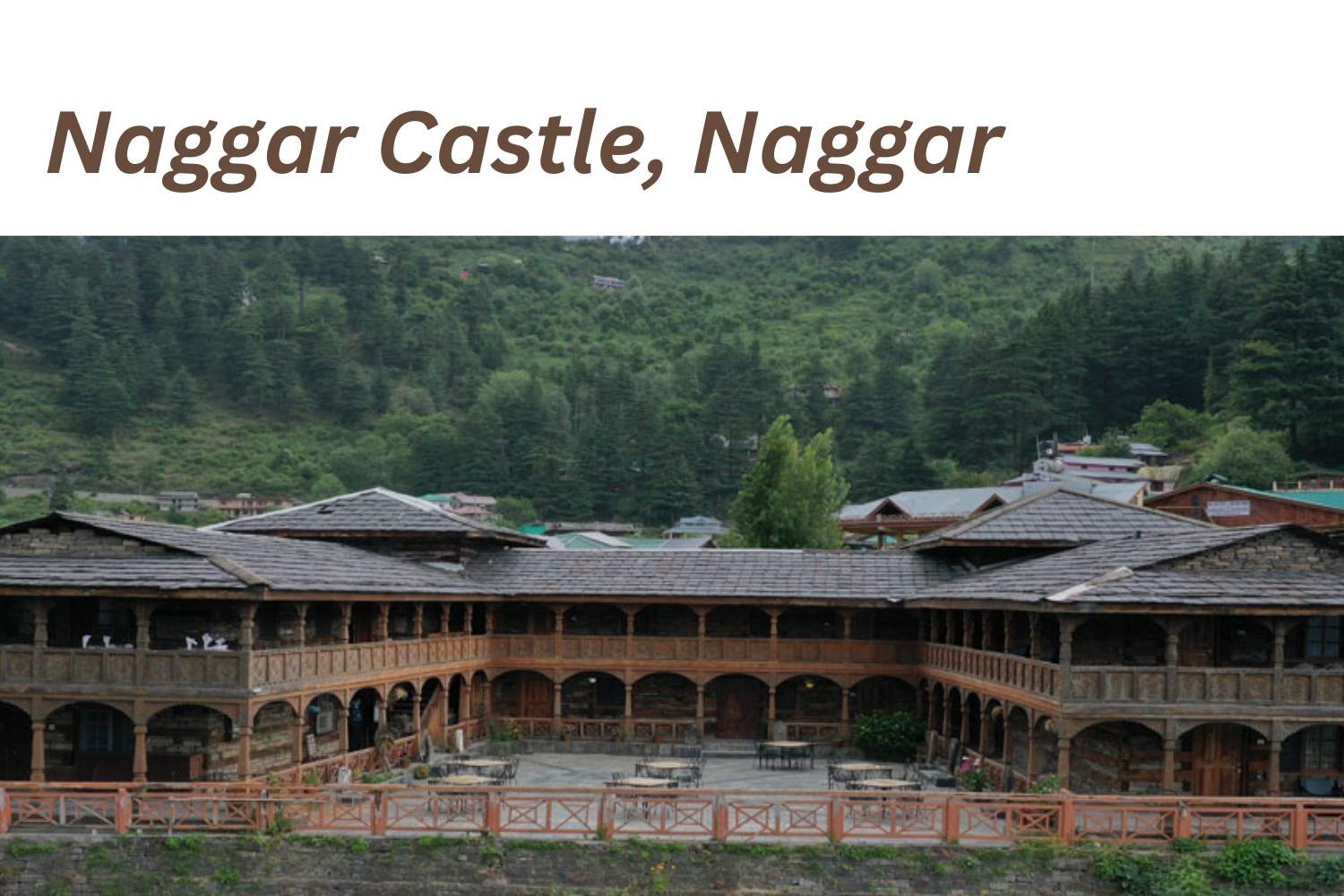
History:
The palace was built by Raja Sidh Singh in 1460 AD. He established Naggar as the Kullu kingdom's capital before it moved to Kullu town. Built in the 15th century by Raja Sidh Singh of Kullu, this majestic structure is a fine example of traditional Himachali and Kath-Kuni architecture, featuring wooden carvings, stone masonry, and breathtaking views of the Himalayas.
Architecture:
Highlights Kath-Kuni architecture, a distinctive mix of wood and stone meant to resist earthquakes.
Centuries of royal residency preceded their 1978 designation as a historic property.
Promoting the castle's legacy was mostly dependent on Russian artist Nicholas Roerich, who moved to Naggar.
More Stories from
How did India respond to Donald Trump's 25% tariff penalty on India?
Trade tensions between the United States and India have sharply increased as a result of this recent development. Know how India responds to Donald Trump's 25% tariff penalty on India.
Geoffrey Hinton's AI Warning: The Most Dangerous Invention Ever
AI is both beneficial and dangerous, depending on how it is developed, deployed, and regulated.
Unbelievable Facts about World History that will surprise you
Human history and the natural world are filled with mysteries, marvels, and strange truths that challenge our understanding. In this article, we will explore some unbelievable facts about world history.
Why skill-based hiring is gaining importance over degrees?
Skill-based hiring vs Degree, which matters first? what you can do” matters more than “what degree you hold.”
The Hidden Secret of the Great Pyramid’s exposed
With the development of scientific instruments and technology, each day, discoveries about the world are surprising us






